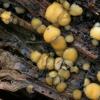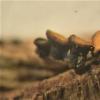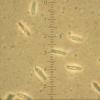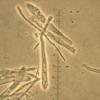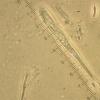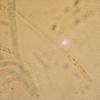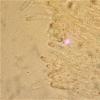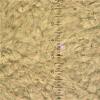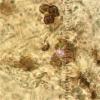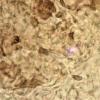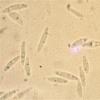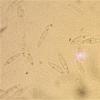
24-04-2024 21:54
Bonjour, J'ai trouvé ce Lasiobolus sur laissées

23-04-2024 15:18
 Lothar Krieglsteiner
Lothar Krieglsteiner
... but likely a basidiomycete. I hope it is o.k.

23-04-2024 13:17
 Edouard Evangelisti
Edouard Evangelisti
Bonjour à tous, Je viens de récolter ce que je

23-04-2024 21:49
Ethan CrensonHello all, A friend recently found this orange as

22-04-2024 11:52
 Zuzana Sochorová (Egertová)
Zuzana Sochorová (Egertová)
Hello,I made a loan of a collection of Microstoma

11-01-2022 16:36
Hi does anyone have a digital copy of Raitviir A (

22-04-2024 20:38
 Miguel Ángel Ribes
Miguel Ángel Ribes
Good afternoon.Does anyone know this anamorph?It g

19-04-2024 14:28
Cudoniella tenuispora: Distinctive macro and habit
Phaeohelotium (?) with dark excipulum
Edvin Johannesen,
11-02-2021 15:58

Dear all,
These small, orange-yellow apothecia were collected on a dying oak branch in South-Western Norway on January 21st. The exterior is notably blackish. Asci measure 65-75 x 5-6 microns, and the spores 8-10 x 1.5-2 (-3) microns (in water). Spores are narrowly ellipsoid/fusiform with a few "refractive bodies", especially near the poles. Ascus apex is IKI- (Lugol). Strangely, despite numerous discharged spores in the preps, it is difficult to find asci with mature spores inside. It may seem like the asci in the photos are 4-spored, but I think I have seen asci with more than 4 spores, so presumably they are normally 8-spored. Paraphyses are filiform, only slightly enlarged at the apex (to ca. 2-2.5 microns). In water, the tips of the paraphyses seem to contain tiny reddish granules. I guess what I see in one of the photos is a crozier. The ectal excipulum I would say is textura intricata or epidermoidea (or inbetween). It seems like there are dark brown resinous bodies in the ectal excipulum.
I have understood that the delimitation between Phaeohelotium, Hymenoscyphus and Cudoniella is not straightforward, both from discussions on this forum and from Baral's photo inventory on Google Disk. Good literature is scarce, to my knowlegde.
Any suggestion here?
Thanks.
Hans-Otto Baral,
11-02-2021 17:04

Re : Phaeohelotium (?) with dark excipulum
Difficult with dead material. But it could be Bisporella fuscocincta! I have only 2 collections from last century.
Edvin Johannesen,
11-02-2021 17:40

Re : Phaeohelotium (?) with dark excipulum
That's interesting! I only received dried apothecia, unfortunately. If Bisporella, then the excipulum is by def. gelatinous? Any way I can verify further? I'll see if I can find Graddon's original description of the species (Calycella f.), unless you can provide.
Thanks!
Hans-Otto Baral,
11-02-2021 18:06

Re : Phaeohelotium (?) with dark excipulum
I sent it, hoping it is a bit helpful
Edvin Johannesen,
13-02-2021 18:56

Re : Phaeohelotium (?) with dark excipulum
Through email correspondance with Zotto it is confirmed that this indeed Bisporella fuscocincta - indeed a rare species. Interestingly, it appears to be adapted to cold conditions. The collector of this specimen had to remove snow before collecting the fresh sample (!). The type specimen was also collected on oak wood in cold weather. Maybe the dark pigmentation in the excipulum is an adaptation in to absorb more heat? Thanks a lot to Zotto!
Here are two photos of living spores in water, showing LBs.
